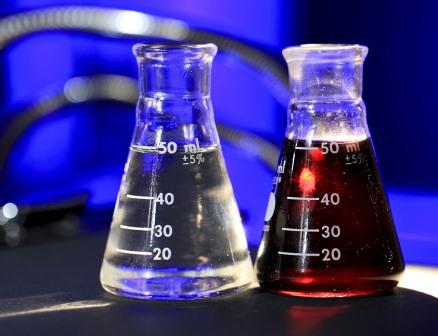ELECTROCHEMISTRY
It is a well known fact that energy menifests itself in different forms which are interconvertible into one another. Among different forms of energy, the electrical energy plays a very significant role in our daily life. Many chemical transformations and industrial processes are based on electrical energy and its relationship with chemical energy. There are […]
